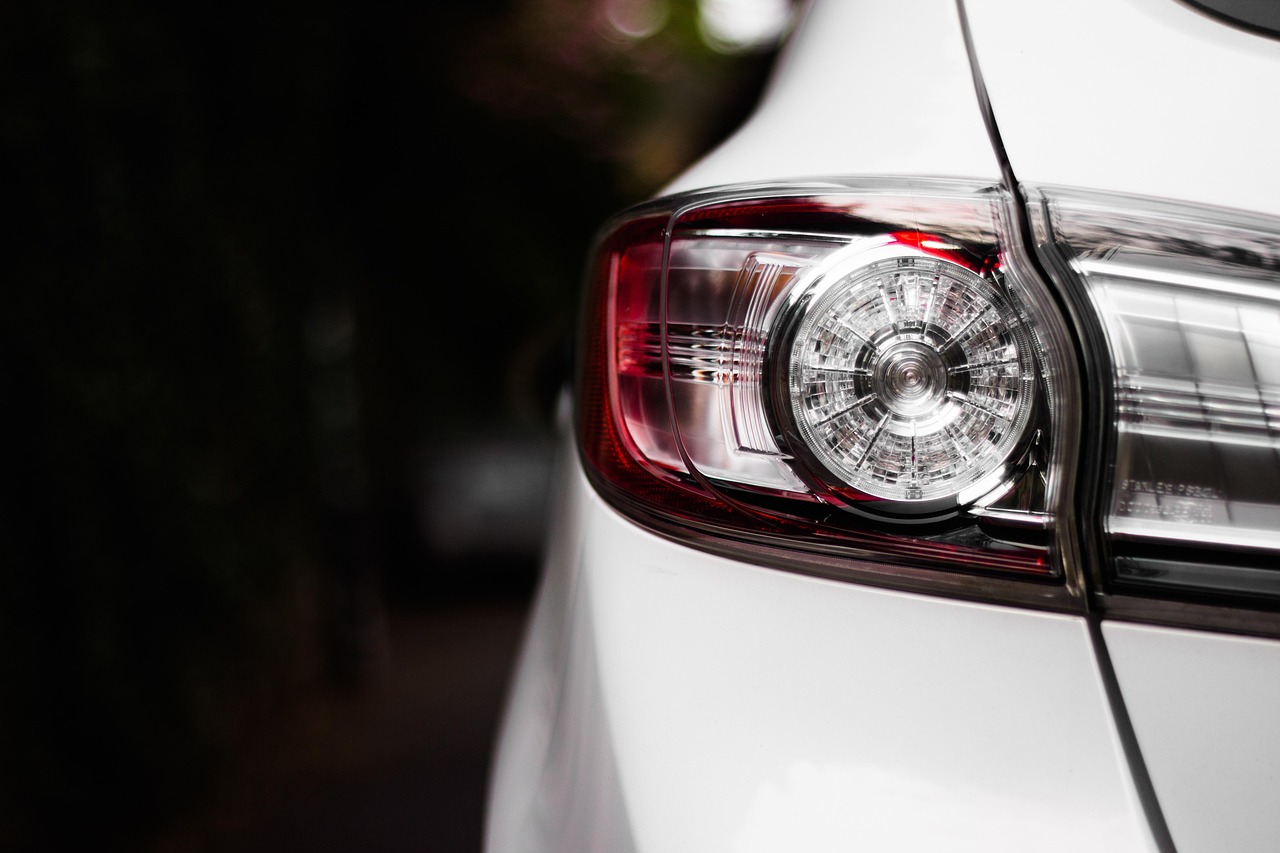Buying your first truck feels like opening the door to every highway adventure you have ever imagined—towing a camper into the mountains, hauling supplies for a remodeling project, or simply commanding a wider view of the road on the daily commute. Yet added power and capability come with added responsibility. A half-ton pickup that receives regular inspections, timely fluid changes, and the occasional professional touch will easily cross the 200,000-mile mark. In contrast, skipped services or ill-advised, do-it-yourself shortcuts can shorten a drivetrain’s life by years and drain your wallet through avoidable repairs. The following maintenance and repair tips give new truck owners a clear roadmap, mixing do-it-yourself routines with practical guidance on when to call a local auto repair shop or specialized technician. By blending consistent care, smart upgrades, and strategic professional support, you will keep your truck running like new long after the novelty plates wear off.
Establishing a Preventive Maintenance Schedule
A solid maintenance plan starts with the factory-recommended intervals printed in your owner’s manual. Oil changes, often needed every 5,000 to 7,500 miles, protect internal bearings from metal-to-metal friction. While many auto repair companies offer quick-lube specials, spending a few extra minutes on oil-filter quality pays off later by trapping finer contaminants. When you drive a diesel, extended drain intervals sometimes apply, but only after confirming them with qualified diesel mechanics familiar with high-compression engines.
Next, monitor coolant health. Trucks frequently tow or haul heavy loads, generating more heat than sedans. A simple $15 test strip shows whether antifreeze still provides protection down to minus-34 degrees Fahrenheit and resists boil-over in summer. Replace coolant if pH or corrosion inhibitors fall below specification. During the same visit, technicians can pressure-test hoses, thermostats, and radiator caps—parts small enough to overlook yet capable of stranding you in rush-hour traffic when they fail.
Finally, adopt a seasonal walk-around checklist. Before winter sets in, verify battery cranking amps, inspect drive belts for glazing, and check wiper blades. When spring returns, crawl under the chassis to grease U-joints and inspect shock absorbers. These brief inspections cut down on surprise truck repairs that otherwise appear at the worst possible times, such as on vacation or during a midnight storm.
Understanding Fluids and Filters
Today’s pickups use as many as ten unique fluids, from transmission oil to power-steering fluid, each with a different change interval. The high torque of modern torque-converter automatics makes transmission temperatures soar, especially while pulling a horse trailer. Flushing the fluid at 30,000-mile intervals keeps clutches from slipping. Many local auto repair shop technicians recommend synthetic blends for extra heat resistance.
Fuel filters are equally critical. Most gasoline engines require replacement every 40,000 miles, but many diesels cut that interval in half to protect sensitive high-pressure pumps. By swapping filters early, owners avoid metal shavings from abraded pump plungers entering fuel rails—a problem that rapidly escalates into four-digit truck repairs.
Air filters matter, too, especially if you drive on dusty construction sites. Clogged elements restrict airflow, forcing the engine control module to enrich fuel mixtures and lowering miles per gallon. Installing a quality filter yourself takes less than ten minutes and costs about the same as lunch. However, avoid oiled performance filters unless you clean and re-oil them meticulously; excess oil may coat the mass-air-flow sensor, leading to false readings.
Lastly, remember ancillary fluids: transfer-case oil for four-wheel drive models, front and rear differential lubricant, and brake fluid. Moisture gradually invades brake fluid through microscopic hose pores. A biennial flush purges water before it rusts calipers or lowers boiling points during mountain descents. Schedule this during a comprehensive service so the technician can also inspect pad thickness and rotor wear.
Tires: Selection, Care, and Rotation
New owners often underestimate how much tire choice influences ride quality, fuel economy, and off-road capability. Start by defining your needs—highway commuting, gravel back roads, or snow-packed ski trips—instead of shopping by tread pattern alone. Staff at reputable local tire shops can measure wheel offset, load ratings, and speed classifications to match factory recommendations.
When purchasing new car tires, always replace in sets of four unless a single casing is visibly damaged within the first few thousand miles. Mixing tread depths leads to irregular wear and potential driveline bind, especially with electronically controlled transfer cases. Once installed, rotate tires every 6,000 miles. Fronts migrate to the rear and vice versa, preserving tread edges and keeping noise low.
Alignment plays a parallel role. One pothole can move a tie-rod end by a fraction of an inch, enough to scrub tread prematurely. Schedule alignments whenever steering pulls or after any suspension work. Many auto body shop facilities offer laser alignment bays alongside frame-straightening equipment, letting you fix cosmetic dents and steering geometry during the same appointment.
Don’t forget inflation. A loss of merely five psi drops fuel mileage by 2% and increases sidewall flex, generating heat. Carry a portable gauge and check pressures monthly, preferably when tires are cold. Also verify the spare, which often sits unused beneath the bed until needed during roadside emergencies.
Brakes, Suspension, and Steering
Heavier curb weight means trucks place added stress on braking systems. Semi-metallic pads dissipate heat well, but ceramic compounds last longer and produce less dust on alloy wheels. Measure rotor thickness each time pads are replaced; warping from repeated hard stops can create steering-wheel vibration. While you can swap pads in a driveway, machining rotors requires specialized equipment found at most auto repair companies.
In the suspension department, shocks and struts control body motion. When seals weep oil or the truck bounces more than once after stopping, replacement is due. Upgrading to monotube gas shocks improves damping under load without affecting unloaded ride comfort. Pair replacements with a fresh alignment to reset steering angles.
Steering components—tie-rod ends, idler arms, and ball joints—wear faster on lifted trucks due to steeper articulation. Greasable aftermarket joints prolong service life. During oil changes, ask the technician to inspect play with wheels suspended; catching wear early prevents uneven tire feathering and keeps handling precise.
Electrical Systems and Accessories
Modern pickups contain miles of wiring supporting everything from trailer-brake controllers to touchscreen infotainment. A quality car stereo installer can integrate amplifiers, backup cameras, and USB charge ports without splicing factory harnesses. Professional installation prevents parasitic drains that might leave batteries dead after a weekend of inactivity.
When adding accessories—auxiliary lighting, winches, or air compressors—use fused distribution blocks and gauge wire appropriate for load amperage. Trucks outfitted for overlanding commonly mount dual-battery setups to isolate starter batteries from camping loads. Many diesel mechanics offer electrical-system upgrades because reliable cranking power is essential for high-compression starts on cold mornings.
Diagnostics matter, too. OBD-II scanners costing less than $40 read engine codes and reset check-engine lights after minor fixes such as loose fuel caps. However, advanced driver-assistance systems often require dealer-level scanners. Schedule professional diagnostics if traction control, airbag, or adaptive cruise lights illuminate.
Climate Control and Cabin Comfort
Few sensations ruin summer road trips faster than weak air conditioning. When cold air dwindles, most drivers immediately assume refrigerant levels are low. Yet the underlying culprits are equally likely to be clogged cabin filters or failing blend-door actuators. Start by replacing the cabin filter annually. If performance still lags, schedule a manifold-gauge test at a local auto repair shop to measure system pressure and pinpoint leaks.
Heaters deserve the same attention. Sludged coolant blocks heater-core passages, reducing heat output and fogging windows. A cooling-system flush restores flow and extends water-pump life. Meanwhile, seat heaters and steering-wheel warmers depend on unbroken wiring harnesses under seats—areas prone to damage from spilled coffee and sliding toolboxes. Inspect harnesses for pinched insulation before replacing expensive switches.
Ventilation also aids safety by clearing windshield frost. Replace blower-motor resistors when fan speeds behave erratically, and ensure all dashboard vents pivot smoothly. Attention to small comfort items makes long drives relaxing, encouraging you to stick to scheduled maintenance instead of dreading time behind the wheel.
Bodywork and Appearance Preservation
Preventing rust and maintaining appearance go beyond vanity; resale value directly correlates with cosmetic condition. Washing undercarriage salt after winter storms slows corrosion. Applying paint-safe lubricants to door hinges and tailgate cables prevents squeaks and prolongs hardware integrity.
Professional car detailing twice a year protects clearcoat with polymer sealants or ceramic coatings. Detailers deep-clean wheel wells—the area most likely to harbor salt—and use steam to purge carpet bacteria. While many owners enjoy weekend washes, advanced services like machine polishing remove scratches without thinning paint.
Accidents happen, whether a parking-lot ding or fender bender. A reputable auto body shop matches paint codes precisely and verifies structural alignment. During repairs, consider adding protective film to vulnerable areas such as hood edges and rocker panels. These clear urethane films shield against stone chips and reduce future repaint costs.
Finding and Working with Professionals
A trusted network of service providers turns maintenance into a predictable routine instead of an emergency scramble. Start with word-of-mouth referrals or online reviews to locate a local auto repair shop that communicates transparently and guarantees parts. Ask whether technicians hold ASE certifications and if the shop invests in continuing education—today’s trucks include complex driver-assist modules that require updated training.
Similarly, source local tire shops that offer road-hazard warranties and free rotations. Free lifetime services offset marginally higher purchase prices compared with warehouse clubs. When you need specialized expertise—say, diesel mechanics for high-pressure fuel-rail troubleshooting—verify that the facility owns brand-specific diagnostic scan tools.
Audio upgrades call for an experienced car stereo installer, particularly when integrating aftermarket amplifiers with factory head units. Improper installation risks back-feeding voltage into vehicle data networks, which can immobilize the truck or void warranties.
Finally, keep all invoices in a dedicated binder or cloud folder. Documented maintenance not only strengthens warranty claims but also proves value when selling. Prospective buyers trust trucks cared for by established auto repair companies over mystery maintenance histories.
Keeping Your Truck Ready for Anything
Owning a truck means you are ready to haul mulch on Saturday, tow a boat on Sunday, and commute on Monday without missing a beat. By following a preventive schedule, monitoring fluids, paying attention to tires and brakes, and consulting professionals—whether for car detailing or sophisticated engine diagnostics—you set yourself up for hundreds of thousands of confident miles. Frequent checks of air conditioning and cabin filters keep trips comfortable, while strategic use of new car tires and well-timed alignments maintain fuel economy. Remember, your truck is more than transportation; it is a versatile tool deserving of consistent care. Invest the time, enlist the right experts, and you will enjoy its capability and reliability for years to come.







